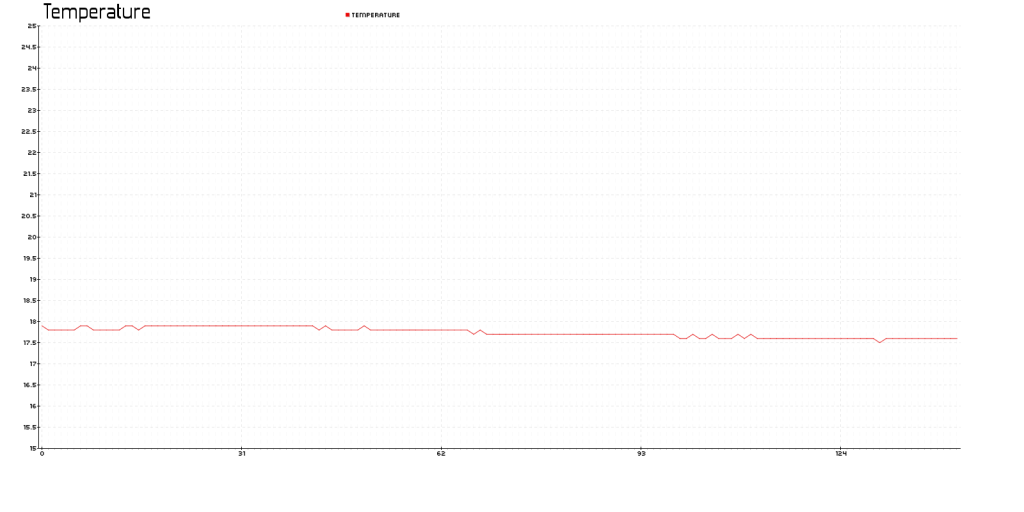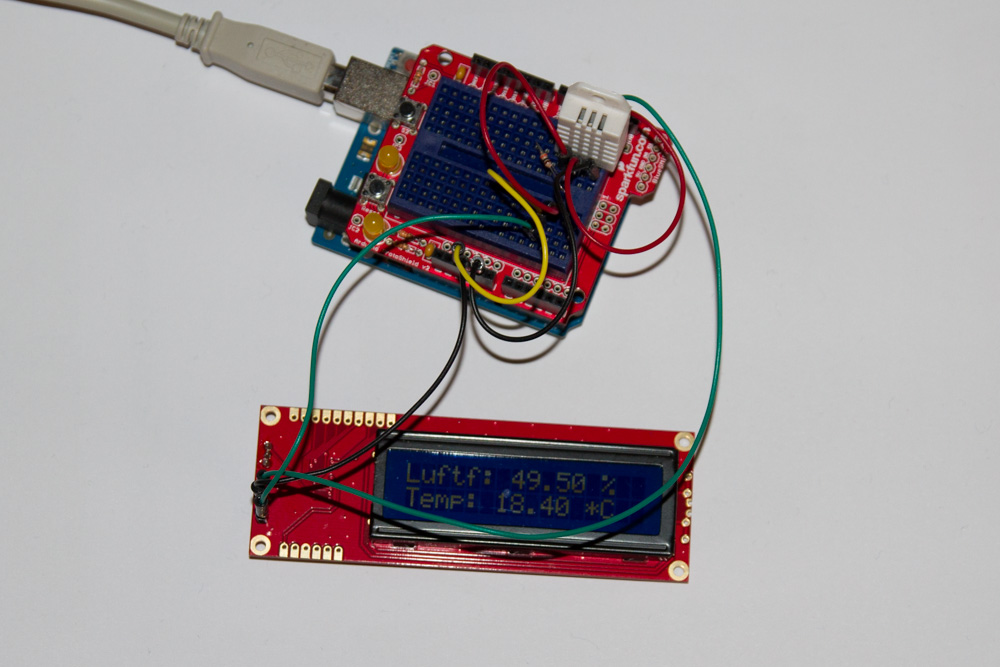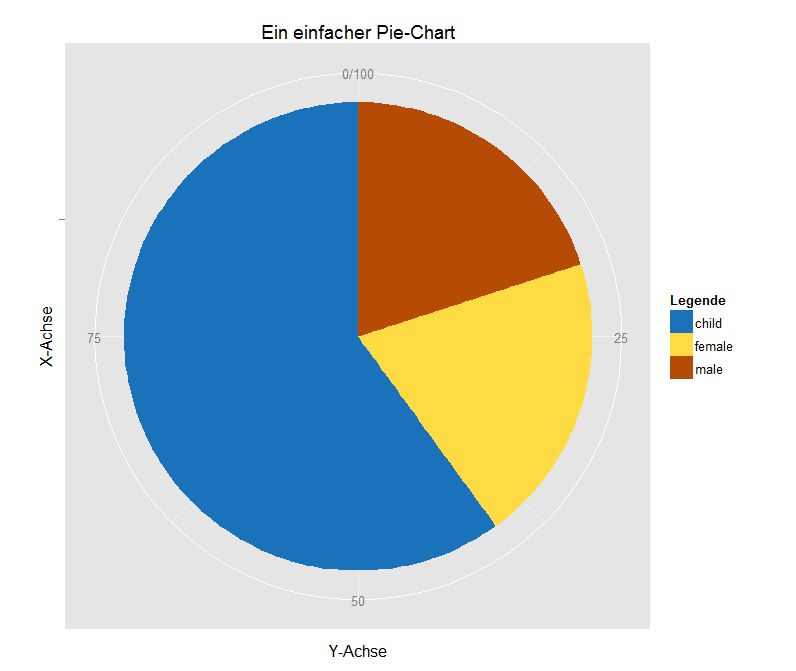Generating math exercises for kids
Here’s a simple Python script which generates math exercises for kids. It uses the Century Schoolbook font which is said to be well readable and LaTeX’s longtable. I just ran some tests, generating 24’000 lines on 2000 pages was no deal at all.
#!/usr/bin/python # coding: utf-8 import random import os min = 1 # number to start with max = 10 # maximum number count = 24 # 12 fit on one page with open('Aufgaben.tex', 'w') as texfile: texfile.write("\\documentclass[15pt,ngerman]{scrartcl}\n") texfile.write("\\usepackage[utf8]{inputenc}\n") texfile.write("\\usepackage{tgschola,longtable}\n") texfile.write("\\usepackage[T1]{fontenc}\n") texfile.write("\\setlength{\\parindent}{0pt}\n") texfile.write("\\pagestyle{empty}\n") texfile.write("\\renewcommand*{\\arraystretch}{1.5}\n") texfile.write("\\begin{document}\n") texfile.write("\\huge\n") texfile.write("\\begin{longtable}{cccp{8cm}c}") for i in range(count): a = random.randint(min, max) b = random.randint(min, max) result = a + b; texfile.write('%s &+ &%s &= &%s \\\\ \\hline\n'%(str(a),str(b),str(result))) texfile.write("\\end{longtable}\n") texfile.write("\\end{document}\n") os.system("pdflatex Aufgaben.tex") os.startfile("Aufgaben.pdf") # this line may not work under Linux |
With little modification one can also generate substraction exercises:
#!/usr/bin/python # coding: utf-8 import random min = 1 max = 12 count = 24 import os # for sys calls with open('Aufgaben.tex', 'w') as texfile: texfile.write("\\documentclass[15pt,ngerman]{scrartcl}\n") texfile.write("\\usepackage[utf8]{inputenc}\n") texfile.write("\\usepackage{tgschola,nicefrac,longtable}\n") texfile.write("\\usepackage[T1]{fontenc}\n") texfile.write("\\setlength{\\parindent}{0pt}\n") texfile.write("\\pagestyle{empty}\n") texfile.write("\\renewcommand*{\\arraystretch}{1.5}\n") texfile.write("\\begin{document}\n") texfile.write("\\huge\n") texfile.write("\\begin{longtable}{cccp{8cm}c}") for i in range(count): b = random.randint(min, max) a = b + random.randint(1, 9) result = a - b; texfile.write('%s &- &%s &= &%s \\\\ \\hline\n'%(str(a),str(b),str(result))) texfile.write("\\end{longtable}\n") texfile.write("\\end{document}\n") os.system("pdflatex Aufgaben.tex") os.startfile("Aufgaben.pdf") |




